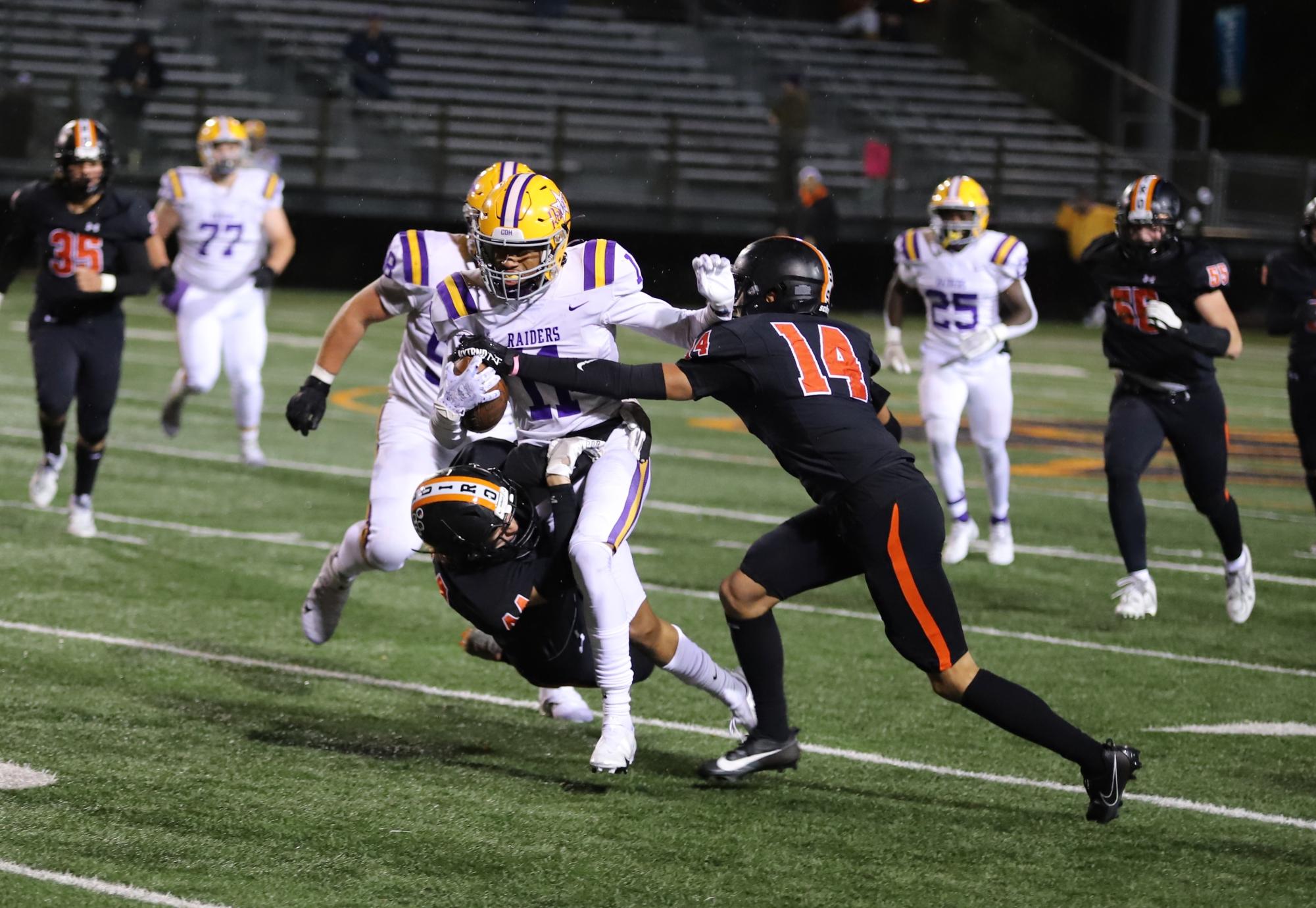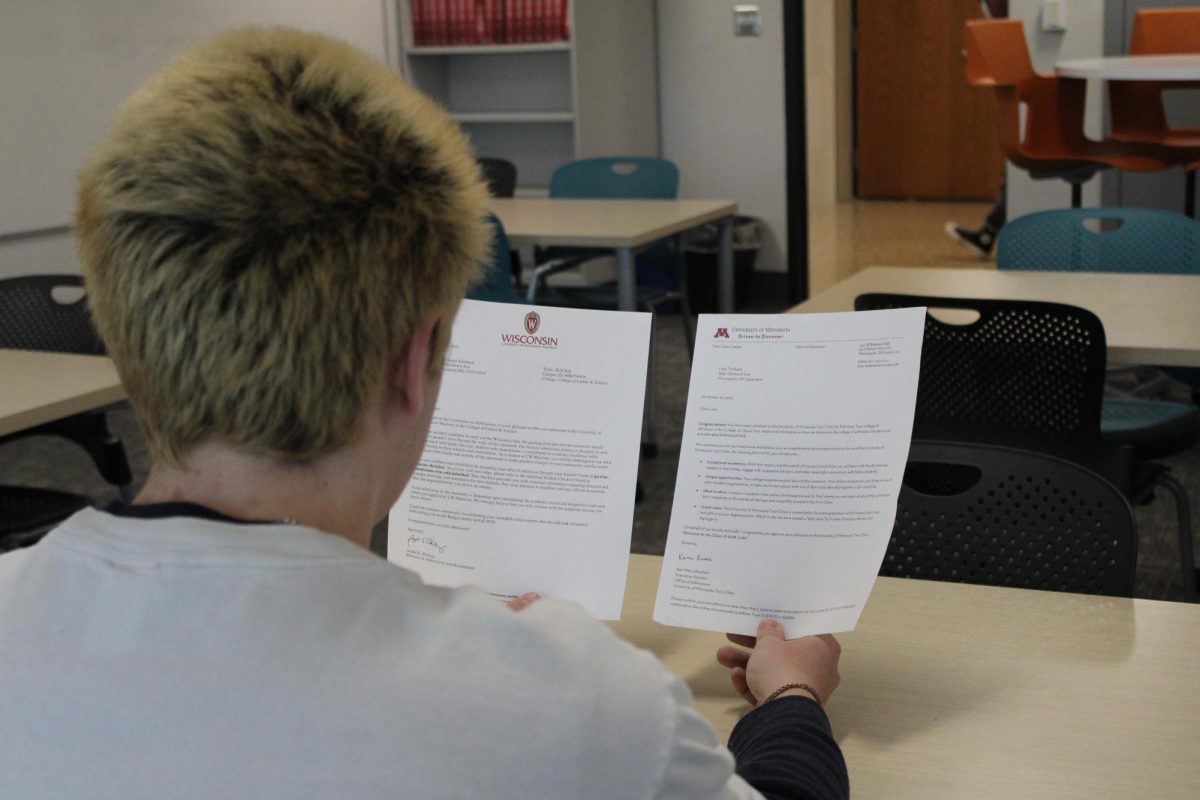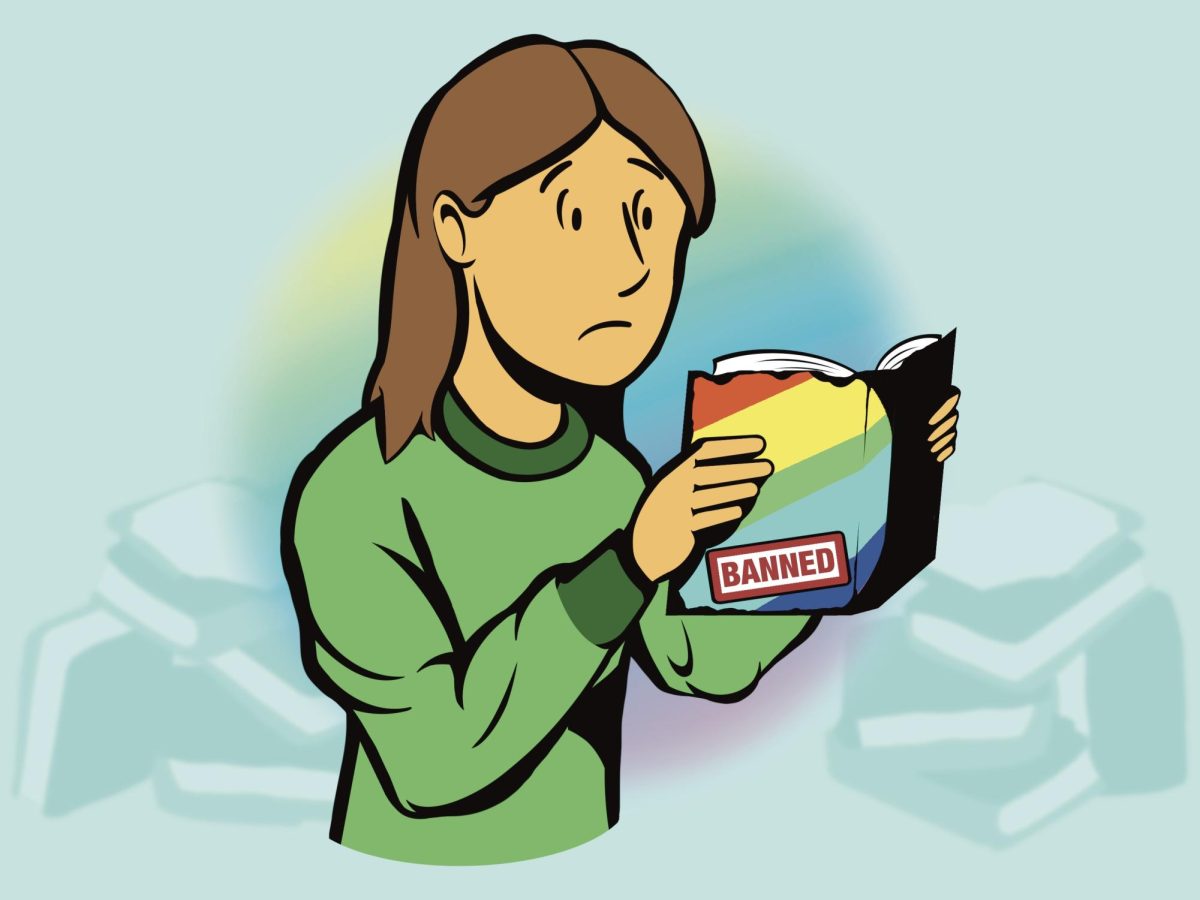Head injuries hit hard

There are well-known benefits to being active in high school. High school sports participation is associated with numerous short and long-term physical, social and academic benefits. Park’s athletic coordinator Rob Griffin said the grit that is developed and required to play football at the high school level ends up serving as a vital life skill down the line for teens.
“There’s a certain level of mental toughness to get through one of the few sports where you practice all week just for one game rather than having multiple games,” Griffin said. “To be a part of something, to compete, to go through that adversity. There are so many translations to real life after getting done playing the sport.”
Junior Park football player Sam Tolzin said the relationships he’s developed through football have proven to be a core part of his life.
“Football builds a lot of community, and I have made some great friends playing the sport,” Tolzin said. “We do a lot of things outside of school together. During practice, we are there for each other, and we help each other when we need it. (Football) builds a community where you feel safe and have someone to talk to.”
The Minnesota State High School League (MSHSL), the governing body for interscholastic sports and other extracurricular activities in Minnesota, has a set of bylaws in place for each high school sport, many for injury prevention, which can be found on MSHSL.org.
Dr. Julie Anderson, physician and governor appointee to the MSHSL board of directors — speaking strictly on her own behalf — said the endorphins teens gain by playing sports are prevalent in many different aspects of their life.
“It’s very well known that (endorphins) help to improve mood and sleep patterns,” Anderson said. “They can improve your overall health just by stimulating your ability to eat healthy and encouraging you to be overall healthy. We know that athletes do better with school performance — it helps your mind, especially for kids that have a hard time sitting still or have some focus issues.”
Junior Max Olson, a Park football captain, said select players receiving college football scholarships enable them to receive a post-secondary education.
“If you come from an underrepresented group, it could be a really good chance at going and getting that second level of education even if you have to play football,” Olson said. “Also (football) is something that keeps you out of trouble.”
According to Dr. William Mantyh, neurologist and assistant professor at the University of Minnesota, participating in high school sports provides teens long-term physical and mental health benefits.
“We know exercise is super important for the brain and for the overall body’s health,” Mantyh said. “We know that people who exercise young in life and certainly in midlife generally have better health outcomes. Cardiovascular disease is the number-one killer around the world. If you can get good exercise when you’re young, that helps start you off and prevent these late-life diseases. Being part of a group activity helps people with their mental health and learning some core life skills.”
With the number of full-speed blows to the head that high school football players sustain regularly, there come considerable health concerns. Mantyh said playing a contact sport poses numerous long and short-term risks for teens’ brain health.
“As medical doctors, we always think about safety issues,” Mantyh said. “We know that certain contact sports that involve head trauma can predispose people to both immediate neurological complications, but also late-in-life neurodegenerative disorders like Alzheimer’s disease and Parkinson’s disease.”
Olson said injuries have been a frequent occurrence for Park’s football players this past season.
“Injuries are pretty widespread — this year was a particularly rough year,” Olson said. “I fractured my leg, there were a few guys who tore their ACLs and tore shoulders, but that’s just part of the game.”
According to senior girls hockey player, Camryn Witham, it’s important for players to keep their safety in mind when participating in a contact sport.
“You definitely have to think about the kinds of injuries you can get,” Witham said. “It’s scary going on ice and knowing that you can sustain a serious injury. You have to think about all the padding you have on, and make sure that your padding is up to date and protecting yourself.”
The Centers for Disease Control and Prevention identifies subconcussive head impact as a bump, blow or jolt to the head that does not cause symptoms. Mantyh said these subconcussive blows that occur in football games are not as easily noticeable as concussions but nonetheless have negative impacts on brain health in the long term.
“There are a lot of different symptoms people can have when they have a full-blown concussion, but there’s also what we call ‘subconcussive blows’ where you don’t really have any of those symptoms but your head is still whipped back and forth,” Mantyh said. “Subconcussive blows can add up over time. Your risk for late-life dementia can depend on the total number of both subconcussive blows and concussions.”
According to Tolzin, newer players are more susceptible to getting injured during tackles since a big part of avoiding injury is learning the correct technique.
“You don’t know the proper techniques (as a new player) so it’s hard,” Tolzin said. “For safer tackling you have to have the proper technique or you’re gonna get hit in the head a lot.”
Olson said he knows there are potential risks in playing football, but since he doesn’t plan on playing football forever, playing while he can is worth it.
“I’m aware of the risk and I know it could have long-lasting effects because I have had several head injuries, but it’s not something I think about often,” Olson said. “I don’t take it all that seriously because I don’t plan on playing football for the rest of my life. I plan on playing football for maybe another four years if I’m lucky.”
According to Mantyh, while sometimes sports can be really important for teen athletes, young people can be ignorant of the long-term health outcomes of head injuries.
“I’m in the camp of people who believe that the harms do outweigh the benefits,” Mantyh said. “But you have to be cognizant of the student’s overall disposition and what they want to do. It’s hard because when you’re 18 years old you don’t think about mortality. A lot of younger individuals don’t think about the reality that they can die and that they can suffer bad health outcomes. They live in a mentality that they’re sort of invincible, or that it’s so far away that it doesn’t matter.”
According to Anderson, many people take the risk of playing contact sports because of the health and social benefits, and because sports aren’t the only activity with an injury risk.
“It’s important to know that concussions can come from lots of activities, not just athletics,” Anderson said. “Most kids in general who play sports do not get concussions. And even if you do get a head injury, 80% of people recover fully within a few weeks of the injury. That’s why people take risks with activities, because there are a lot of health benefits to playing sports. You’ll learn a lot beyond just athletics.”
Mantyh said head injuries sustained in high school football can lead to continuous physical and mental pain throughout college, as well as later on in life.
“Better data is coming out that the earlier in life that you have a concussion, the worse your outcomes are,” Mantyh said. “People who play high school football and who have a lot of concussions can struggle their way through college. They feel like they can’t concentrate, feel that they’re depressed, that they have a lot of mood issues or like they have early onset arthritis or back pain that prevents them from sleeping.”
Griffin said he does not believe the risks involved in playing football will result in schools like Park removing it from their program, as he said the game is constantly evolving scientifically and becoming safer.
“From a holistic standpoint, there’s always constant research, new science and developments to make every sport safer, especially football,” Griffin said. “When people see some of the (research) that deals with things such as CTE, you’re talking about a very small percentage of people that they’re choosing to pull those numbers from. A lot of times, that’s from professional athletes (who are) playing 12 years after high school. If the data was just to show high school athletes it’s not nearly as common as people may think it is, so I don’t think there’s a time that they will remove (football).”









